10 Best Herbal Essential Oils For Chickenpox

Herbal essential oils have been traditionally used for their potential therapeutic properties, and some may offer relief for symptoms associated with chickenpox, such as itching and inflammation.
Oils like lavender, chamomile, and tea tree are often recommended for their calming and antiseptic qualities, which can help soothe the skin and reduce the risk of infection. However, it is important to note that essential oils should never be applied directly to the skin without proper dilution, as they can be irritating or toxic to children. While some parents may turn to these oils as a natural remedy, they should not replace medical treatment for chickenpox, especially in severe cases.
Always consult a healthcare professional before using any essential oils on children or for treating viral infections.
FREE Herb Drying Checklist
How to make sure every batch retains maximum flavor, color, and aroma without the risk of mold or over-drying. Eliminate guesswork and trial-and-error, making herb drying faster, easier, and more efficient every time.
Table of Contents
1. Echinacea purpurea
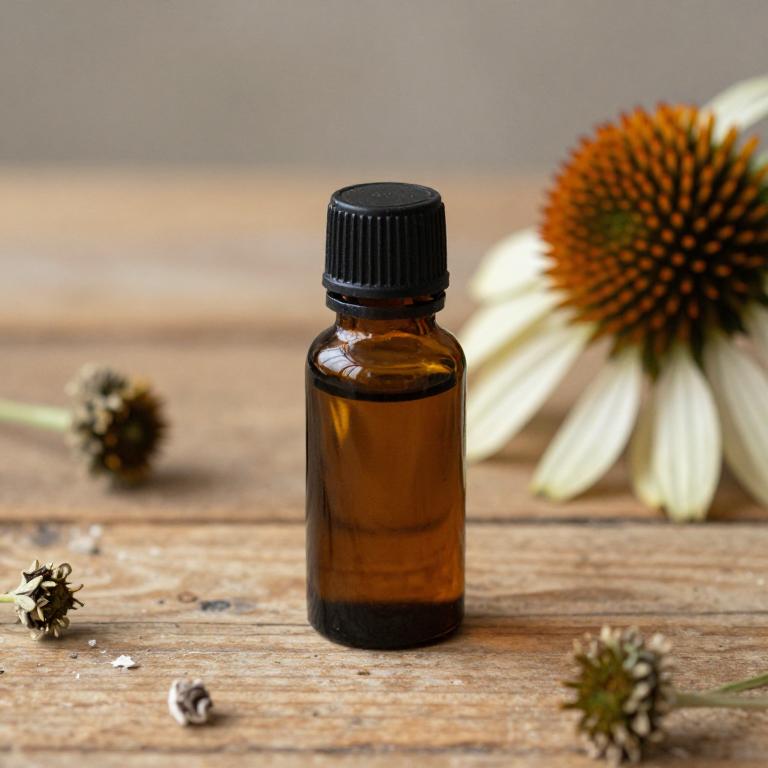
Echinacea purpurea, commonly known as purple coneflower, is a well-known herbal remedy that has been traditionally used to support immune health.
While it is often used for colds and respiratory infections, its potential benefits for chickenpox are less widely studied. Some preliminary research suggests that echinacea may help reduce the duration and severity of viral infections, including those caused by the varicella-zoster virus. However, there is currently no strong scientific evidence to support the use of echinacea essential oils specifically for treating chickenpox in humans.
It is important to consult a healthcare professional before using any herbal remedies, especially for viral infections like chickenpox, to ensure safety and effectiveness.
2. Lavandula angustifolia
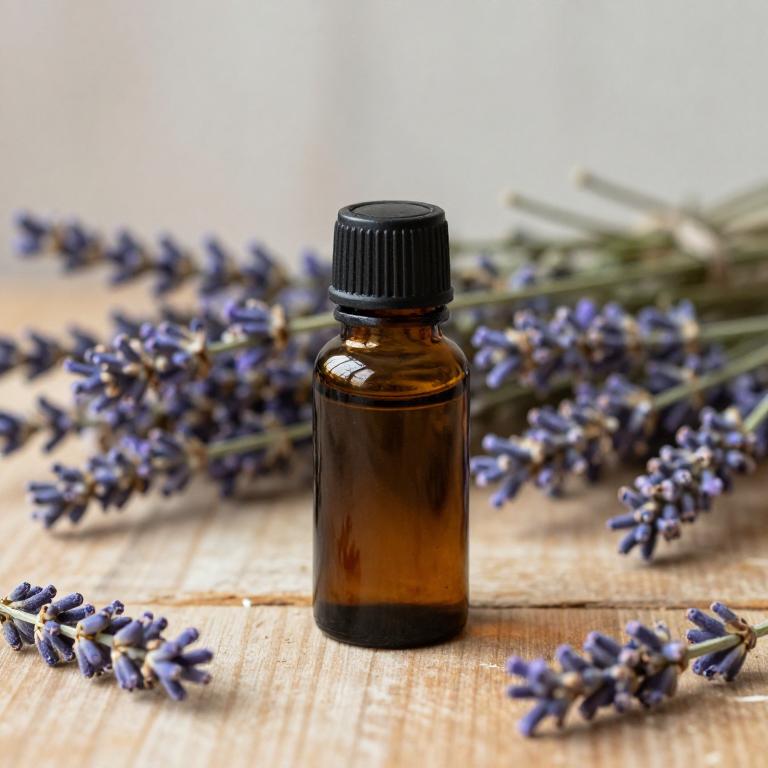
Lavandula angustifolia, commonly known as English lavender, is a herb widely used for its calming and therapeutic properties, including the production of essential oils that have been explored for their potential benefits in managing chickenpox symptoms.
The essential oil of lavender contains compounds like linalool and linalyl acetate, which possess antiviral, anti-inflammatory, and analgesic properties that may help alleviate the discomfort associated with chickenpox. While there is limited scientific research specifically on lavender oil's efficacy against chickenpox, some anecdotal evidence suggests it may help reduce itching and promote skin healing. Due to its mild nature, lavender essential oil is often considered safe for topical use, though it should be properly diluted before application.
However, it is important to consult a healthcare professional before using any essential oils as a treatment for chickenpox, as they should not replace conventional medical care.
3. Aloe barbadensis
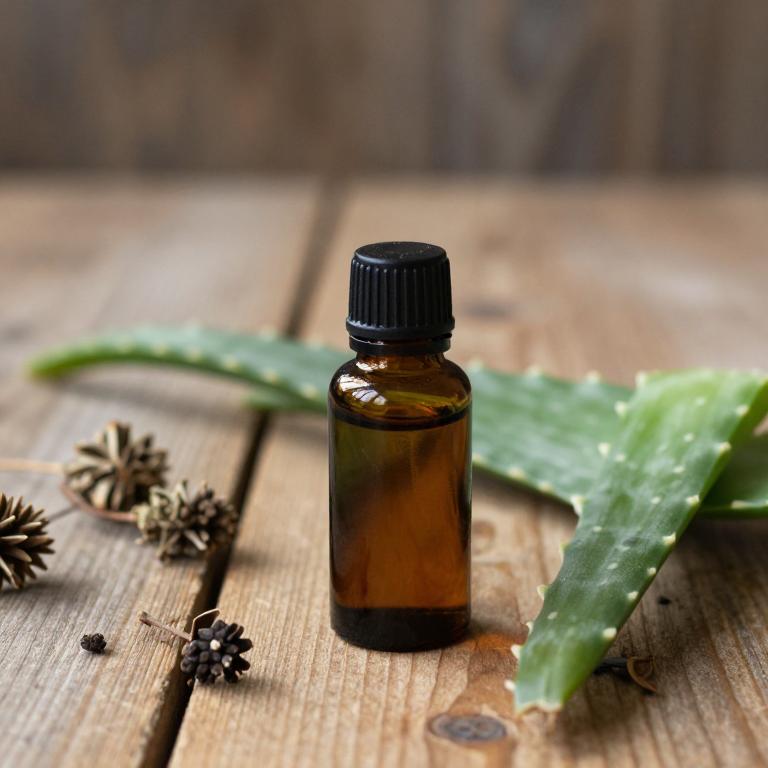
Aloe barbadensis, commonly known as aloe vera, has been traditionally used for its soothing and healing properties, and while it is not an essential oil in the strict sense, its gel contains compounds that may offer relief for skin irritations.
Some herbal practitioners suggest using aloe vera gel topically to reduce inflammation and promote healing in chickenpox sores due to its anti-inflammatory and antimicrobial properties. However, it is important to note that aloe vera is not an essential oil but a plant-based gel, and its use should be carefully considered, especially in children. While some anecdotal evidence supports its use for skin conditions, scientific research on its effectiveness for chickenpox specifically is limited.
As with any remedy, it is advisable to consult a healthcare professional before using aloe vera or other herbal treatments for chickenpox.
4. Melaleuca alternifolia
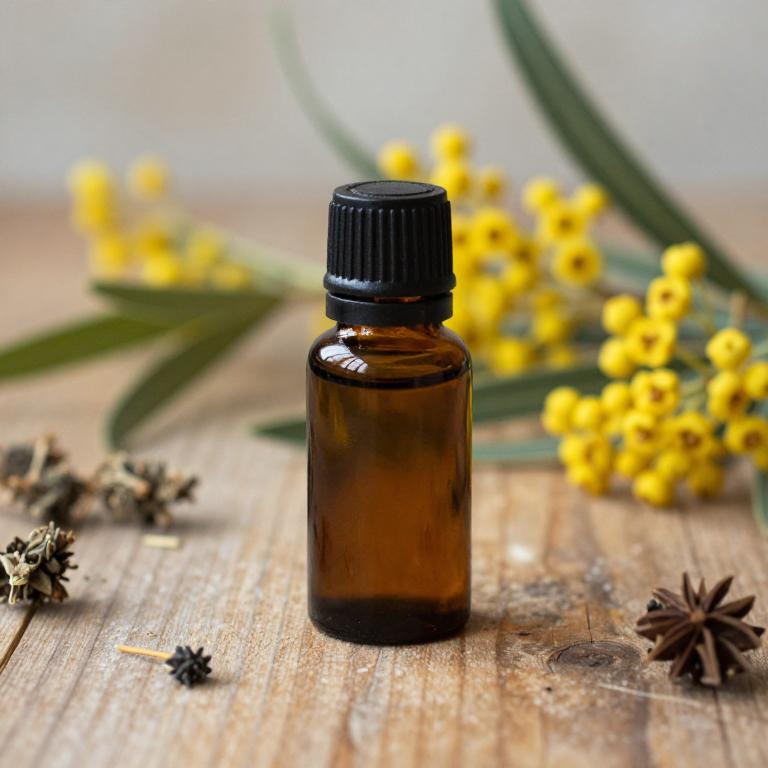
Melaleuca alternifolia, commonly known as tea tree oil, is a popular essential oil derived from the leaves of the Melaleuca alternifolia plant.
While it is widely used for its antimicrobial properties in treating skin infections and inflammatory conditions, its efficacy for chickenpox specifically remains limited by scientific evidence. Some individuals may use tea tree oil as a complementary therapy to soothe the skin and reduce the risk of secondary infections in chickenpox blisters, though it is not a cure for the virus. Due to its potency, tea tree oil should always be diluted with a carrier oil before topical application to avoid skin irritation.
It is important to consult a healthcare provider before using any essential oils, especially for children or individuals with compromised immune systems, as chickenpox can be more severe in certain populations.
5. Thymus vulgaris

Thymus vulgaris, commonly known as thyme, is a herb widely used in traditional medicine for its potent essential oils, which contain compounds like thymol and carvacrol.
These essential oils are known for their antiviral, antimicrobial, and immune-boosting properties, making them potentially beneficial in the treatment of chickenpox. While there is limited scientific evidence specifically supporting the use of thyme essential oil for chickenpox, some studies suggest that its antimicrobial effects may help reduce secondary infections associated with the condition. However, it is important to note that thyme essential oil should not replace conventional medical treatments for chickenpox, and its use should be discussed with a healthcare professional.
Overall, thyme essential oil may offer supportive benefits but should be used cautiously and in conjunction with standard care.
6. Cinnamomum zeylanicum
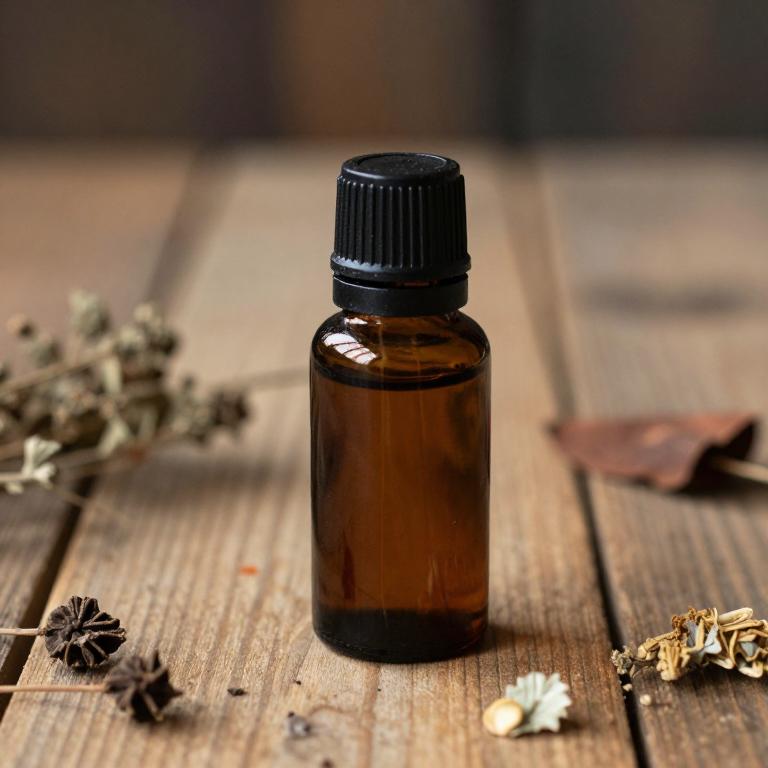
Cinnamomum zeylanicum, commonly known as cinnamon, produces a rich and aromatic essential oil that has been traditionally used for its therapeutic properties.
While there is limited scientific evidence directly supporting its use for chickenpox, some anecdotal reports suggest that cinnamon essential oil may help alleviate symptoms such as inflammation and discomfort due to its antimicrobial and anti-inflammatory properties. When diluted properly, the essential oil can be applied topically to soothe the skin, but it should never be used undiluted or ingested. It is important to consult a healthcare professional before using any essential oils, especially for conditions like chickenpox, to ensure safety and effectiveness.
Overall, while cinnamon essential oil may offer some supportive benefits, it should not replace conventional medical treatments for chickenpox.
7. Rosmarinus officinalis
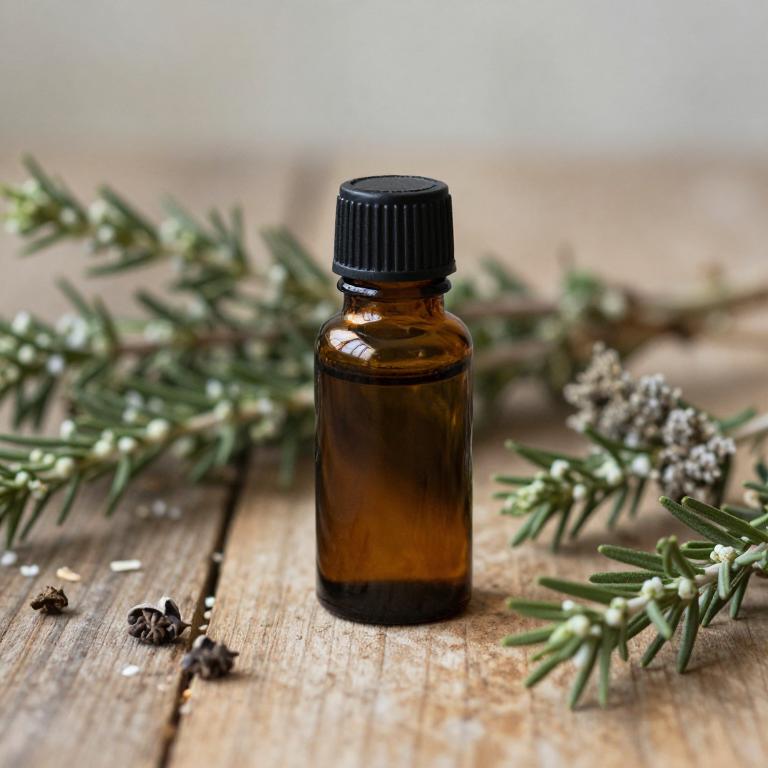
Rosmarinus officinalis, commonly known as rosemary, is a herb whose essential oil has been traditionally used for its aromatic and therapeutic properties.
While it is not a primary treatment for chickenpox, some studies suggest that its antimicrobial and anti-inflammatory properties may support the body's immune response during viral infections. The essential oil can be used in diluted form for aromatherapy or topical application to help alleviate symptoms such as skin irritation and stress associated with chickenpox. However, it is important to consult a healthcare professional before using any essential oil, especially in children or individuals with sensitive skin.
Overall, while rosemary essential oil may offer some complementary benefits, it should not replace conventional medical treatments for chickenpox.
8. Zingiber officinale

Zingiber officinale, commonly known as ginger, is a herb widely used for its medicinal properties, including the production of essential oils that have been explored for their potential benefits in treating chickenpox.
The essential oils derived from ginger contain compounds such as gingerol and shogaol, which possess anti-inflammatory and antiviral properties that may help alleviate the symptoms of chickenpox. While there is limited scientific evidence specifically supporting the use of ginger essential oils for chickenpox, some traditional remedies suggest its application for reducing skin irritation and promoting healing. It is important to note that ginger essential oils should be used with caution, as they can be potent and may cause skin irritation if not properly diluted.
As with any herbal remedy, it is advisable to consult a healthcare professional before using ginger essential oils for chickenpox or any other medical condition.
9. Melissa officinalis
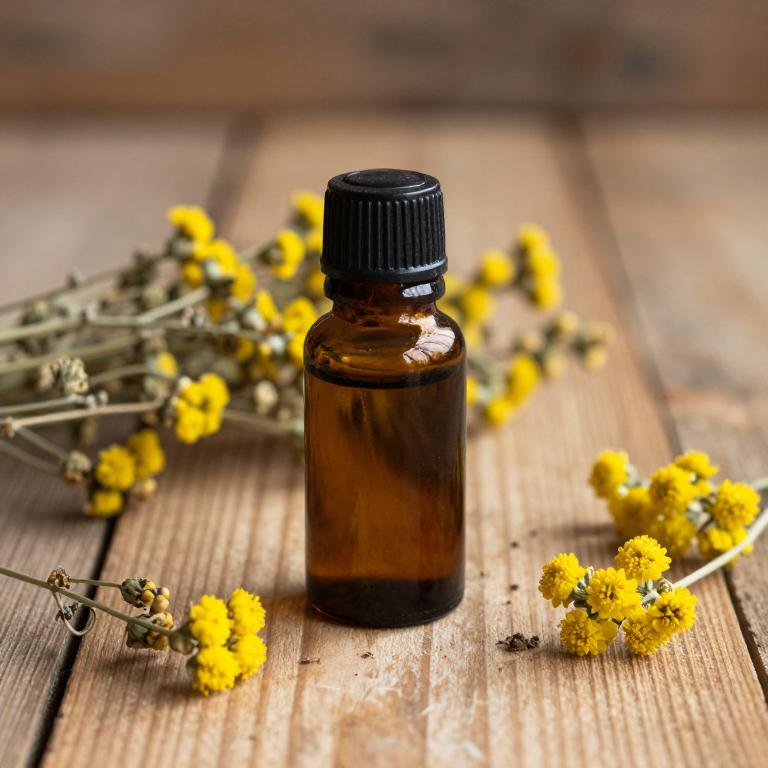
Melissa officinalis, commonly known as lemon balm, is a herbal plant whose essential oils have been traditionally used for their calming and soothing properties.
While there is limited scientific evidence directly linking lemon balm essential oils to the treatment of chickenpox, some practitioners suggest that its antiviral and anti-inflammatory effects may help alleviate symptoms associated with the condition. The essential oil of lemon balm can be diluted and applied topically to reduce skin irritation and itching, which are common in chickenpox outbreaks. However, it is important to consult a healthcare professional before using any essential oils, especially in children or individuals with sensitive skin.
Despite its potential benefits, lemon balm should not be considered a substitute for conventional medical treatments for chickenpox.
10. Citrus sinensis
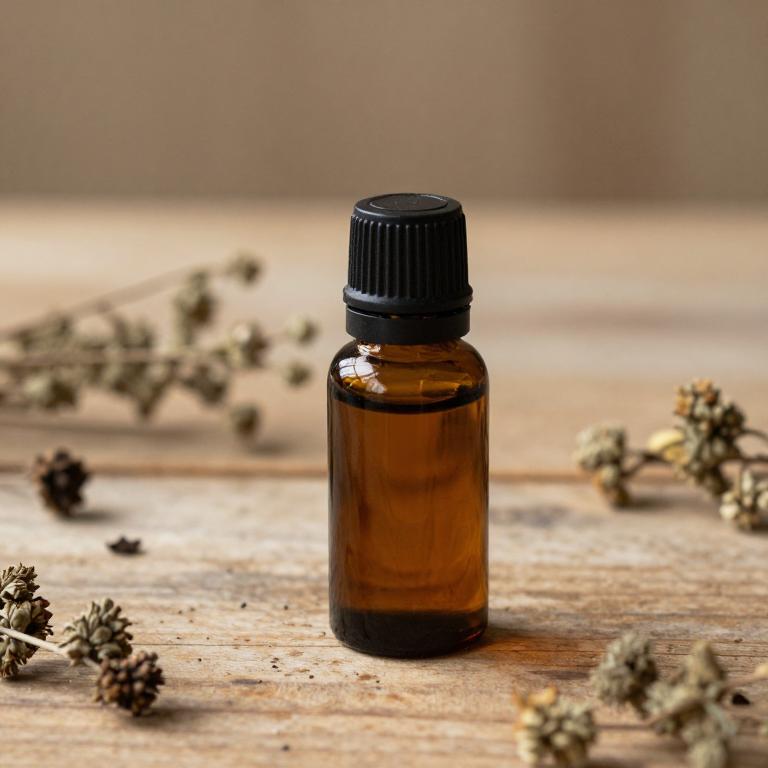
Citrus sinensis, commonly known as sweet orange, is a citrus fruit whose essential oil has been explored for its potential therapeutic properties, including its possible role in supporting the immune system.
While there is no direct scientific evidence that citrus sinensis essential oil can treat chickenpox, its antiviral and anti-inflammatory properties may offer some supportive benefits during the recovery process. The oil is often used in aromatherapy to promote relaxation and reduce stress, which can indirectly aid in immune function. However, it is important to note that essential oils should not replace conventional medical treatments for chickenpox, and consultation with a healthcare professional is recommended.
Due to its potency, citrus sinensis essential oil should always be diluted before use, especially when applied to the skin or inhaled.